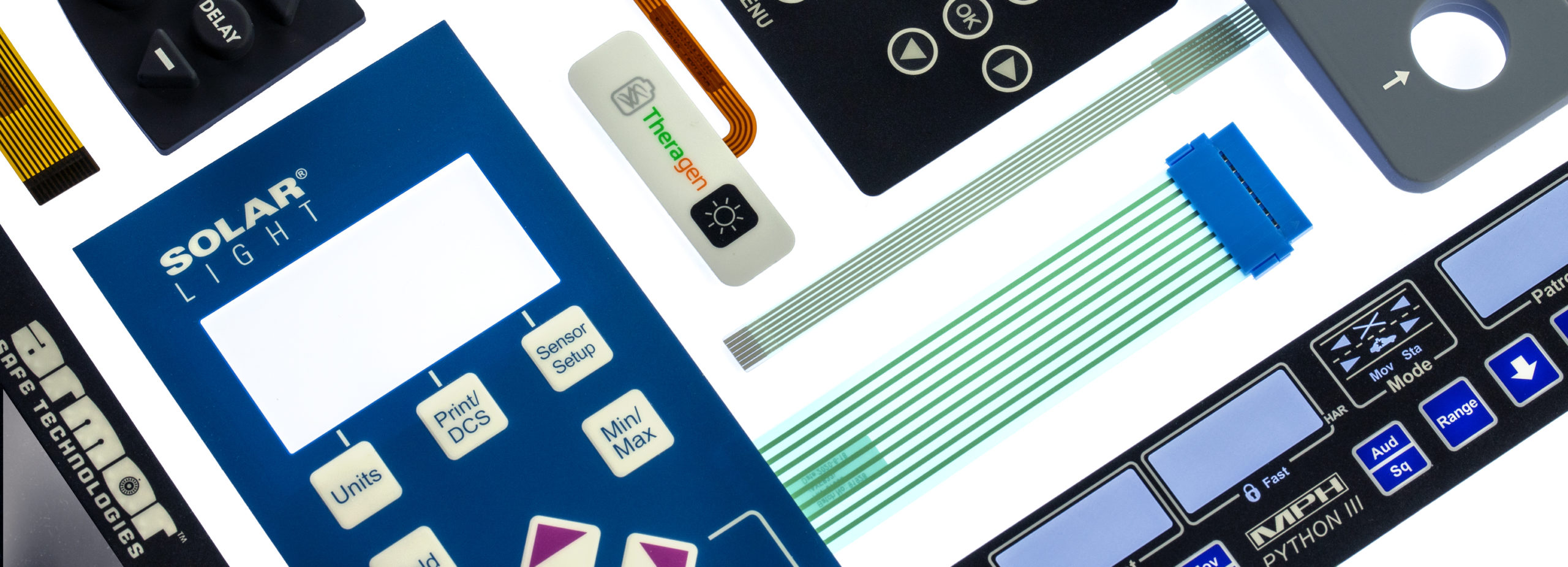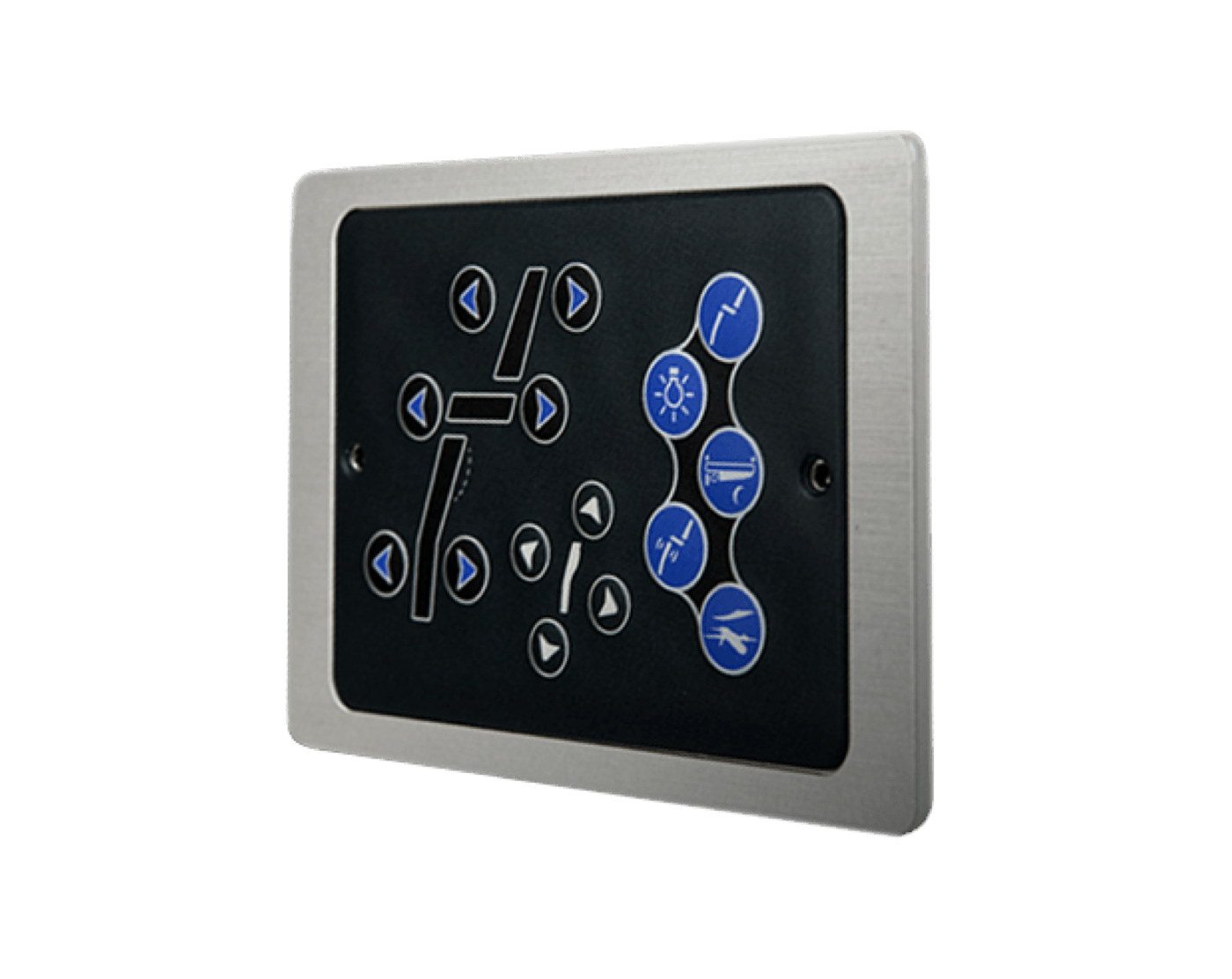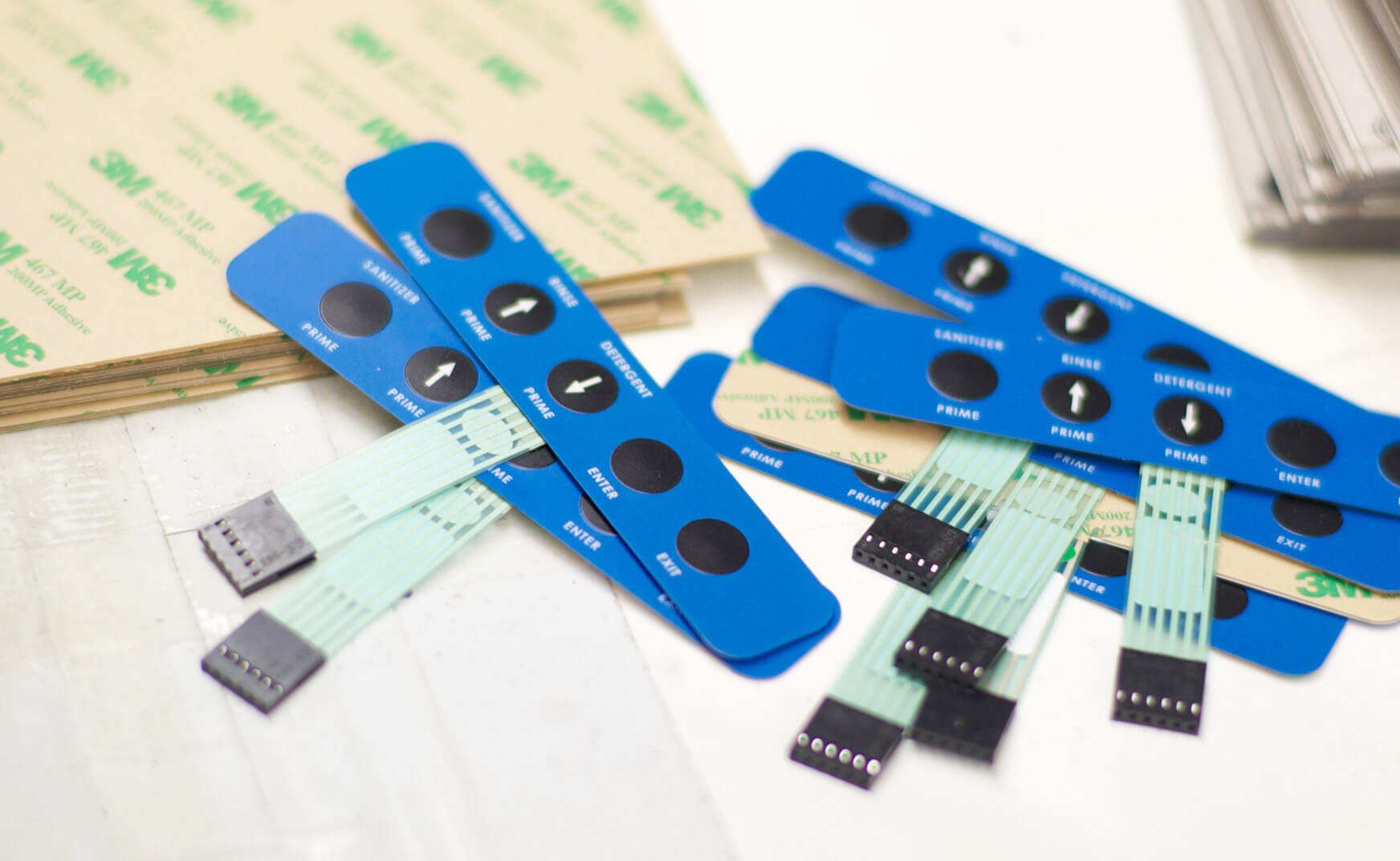You’ll notice the difference when partnering with a top-tier membrane switch manufacturer.
You’ll notice the difference when partnering with a top-tier membrane switch manufacturer.
Blog Article
Everything About Membrane Layer Switch Over: Comprehending Its Layout and Performance
When you think regarding the control user interfaces in contemporary devices, membrane switches frequently come to mind. Allow's explore what collections membrane layer changes apart from other control systems.
What Are Membrane Layer Switches?

Their seamless nature makes them very easy to tidy and immune to dirt and moisture, an important attribute in several atmospheres. Membrane buttons can additionally be tailored concerning shape, dimension, and graphics, enabling manufacturers to produce one-of-a-kind user interfaces customized to certain products. And also, they're lightweight and slim, which helps in decreasing the general bulk of gadgets. Generally, membrane layer switches play a considerable function in boosting individual experience throughout a large variety of applications.
Exactly How Membrane Layer Switches Work
When you push a secret on a membrane switch, it turns on a simple yet efficient mechanism. membrane switch manufacturer. The top layer, typically made of adaptable product, presses down onto a conductive layer underneath it.
You'll discover that the responsive responses differs based upon the button design, providing either a soft click or an extra pronounced action. Once you launch the secret, the membrane go back to its initial setting, reopening the circuit and quiting the signal. This process happens nearly immediately, guaranteeing a responsive user experience.
Membrane switches are popular due to their durability and resistance to dirt and dampness, making them perfect for various applications, from household devices to clinical devices. Understanding this operation assists you appreciate their extensive usage.
Secret Parts of Membrane Layer Buttons
Comprehending the key components of membrane buttons is essential for comprehending their performance and layout. The safety layer shields versus ecological variables and put on, prolonging the button's life-span. By comprehending these components, you'll get understanding into just how membrane switches over operate and their value in various applications.
Materials Made Use Of in Membrane Switch Style
The efficiency and resilience of membrane layer switches heavily depend upon the products made use of in their layout. You normally encounter polyester and polycarbonate as primary substrates because of their superb strength and versatility. These materials resist scratches and chemicals, making them perfect for demanding environments.
The conductive layers frequently utilize silver or carbon, chosen for their dependability and conductivity. membrane switch manufacturer. Silver gives remarkable efficiency, while carbon is an economical choice. For the overlay, you might think about a matte or glossy finish, depending on your aesthetic needs and individual experience
Adhesives play an important duty also; they bond layers securely and assure long life. Make certain to pick adhesives that endure ecological factors like temperature and humidity. Do not neglect the significance of a good printing technique for graphics, as it enhances both capability and visual allure. Selecting the best materials will certainly assure your membrane button stands the test of time.
Design Factors To Consider for Membrane Layer Buttons
While creating membrane switches, it's crucial to take into account various elements that affect their performance and customer experience. Begin by focusing on the format and button dimension; make specific they're intuitive and very easy to browse.
Don't overlook the graphic layout; clear labeling and shade contrast are substantial for visibility. Validate your style accommodates ecological factors, like moisture or temperature variations, which could impact efficiency. Ultimately, keep in mind the relevance of screening prototypes with real individuals to gather comments and make necessary modifications. This iterative procedure aids you improve the layout, validating it satisfies both functional and visual demands effectively. By meticulously taking into consideration these elements, you'll develop a membrane button that improves use and satisfaction.
Applications of Membrane Switches
Membrane switches are versatile parts located in different applications, from commercial equipment to consumer electronics. You'll see their impact in makers that need resilient user interfaces and in gadgets that take advantage of streamlined styles. Understanding these applications aids you value the capability and functionality of membrane buttons in everyday technology.
Industrial Equipment Use
When you're looking to enhance the performance of industrial equipment, membrane buttons offer a trustworthy remedy that combines durability with user-friendly layout. These buttons are perfect for rough environments, providing resistance to dust, moisture, and chemicals. Embrace membrane switches to improve your operations and enhance overall efficiency.
Customer Electronic Devices Assimilation
In the domain of consumer electronics, membrane layer buttons play a crucial role in enhancing customer communication and gadget capability. You'll find them in gadgets like microwaves, push-button controls, and video gaming consoles, supplying a seamless way to connect with modern technology. Their streamlined style enables for very easy i loved this combination into various products, making controls user-friendly and user-friendly. With their ability to include graphics and backlighting, you can delight in a modern visual that enhances the device's general appearance. Membrane layer switches likewise guarantee resilience and resistance to dust and dampness, prolonging the lifespan of your electronic devices. By picking membrane switches, you enhance not simply the capability however additionally the style of your tools, making daily communications smooth and delightful.
Advantages and Downsides of Membrane Layer Buttons
While membrane layer buttons offer a series of advantages, they likewise include some drawbacks that you ought to consider. One considerable benefit is their compact style, making them ideal for space-constrained applications. They're likewise cost-effective, supplying a durable service with a low production expense. On top of that, their smooth surface is very easy to clean, enhancing hygiene in this atmospheres like hospitals.

Membrane buttons can have a shorter lifespan contrasted to mechanical switches, specifically under hefty use. They can also be less tactile, which could influence customer responses throughout procedure. Stabilizing these pros and disadvantages will help you identify if membrane layer buttons are the right fit for your task.
Regularly Asked Questions
How Much Time Do Membrane Switches Normally Last?
Membrane switches generally last between 5 to one decade, relying on usage and environmental conditions. You'll wish to evaluate aspects like wear, direct exposure to moisture, and temperature fluctuations to gauge their longevity successfully.
Can Membrane Layer Switches Be Custom-made for Details Layouts?
Yes, you can tailor membrane layer switches to fit certain designs (membrane switch manufacturer). You'll have the freedom to pick colors, shapes, and designs that match your task's needs, ensuring they blend effortlessly with your total aesthetic
What Is the Price Variety for Membrane Layer Change Manufacturing?
The price range for membrane button manufacturing generally drops between $1 and $10 each, relying on elements like style intricacy, amount, and products. You can get quotes from suppliers to locate view publisher site the finest alternative.

Are Membrane Layer Switches Waterproof or Immune?
Membrane layer buttons can be made to be water resistant or resistant, depending upon materials made use of and building techniques. If you need them for damp settings, guarantee you define those needs during the style procedure.
How Do Membrane Layer Switches Contrast to Standard Switches?
Membrane layer buttons are usually thinner and extra flexible than standard buttons, providing a streamlined style. They're usually less complicated to cleanse and integrate, but could not offer the responsive responses you're made use of to with mechanical alternatives.
Verdict

Report this page